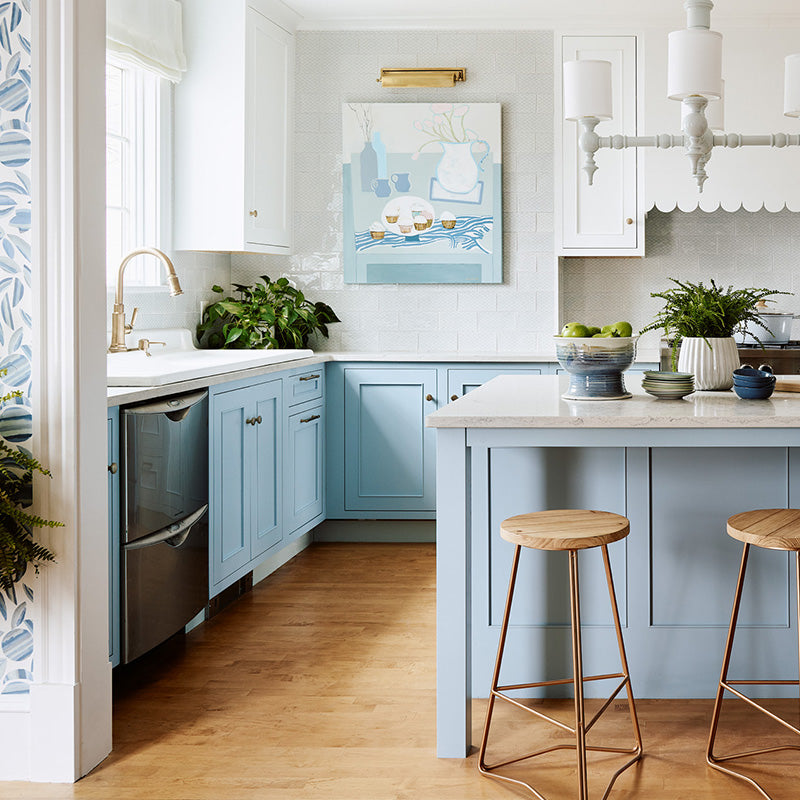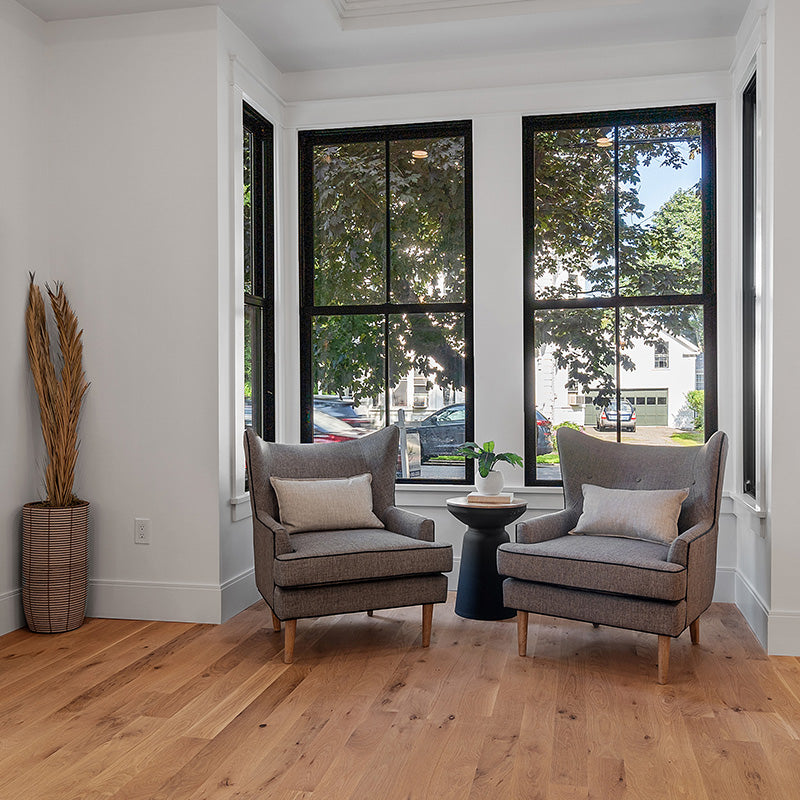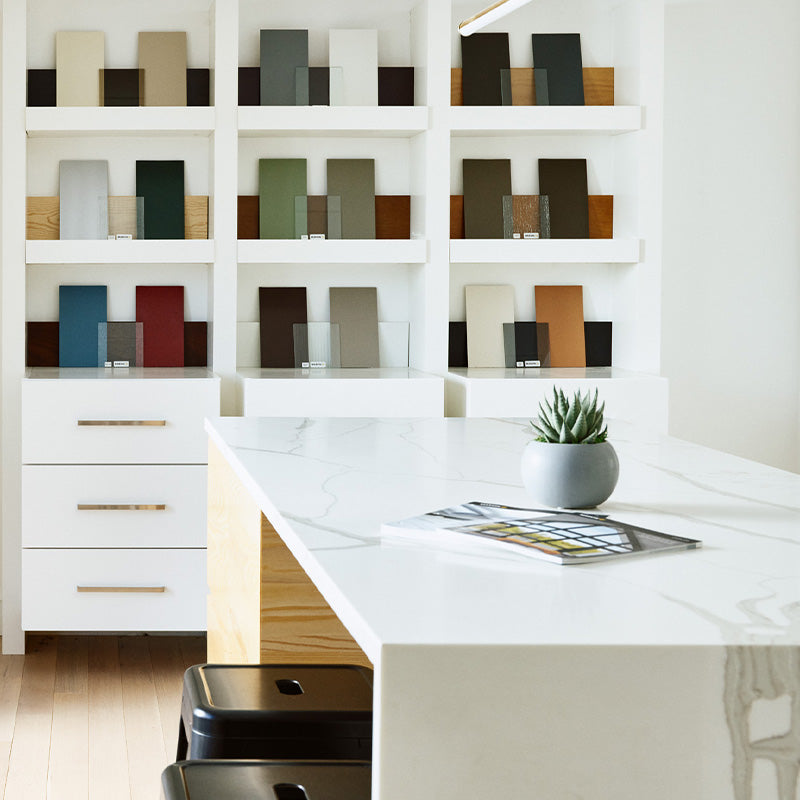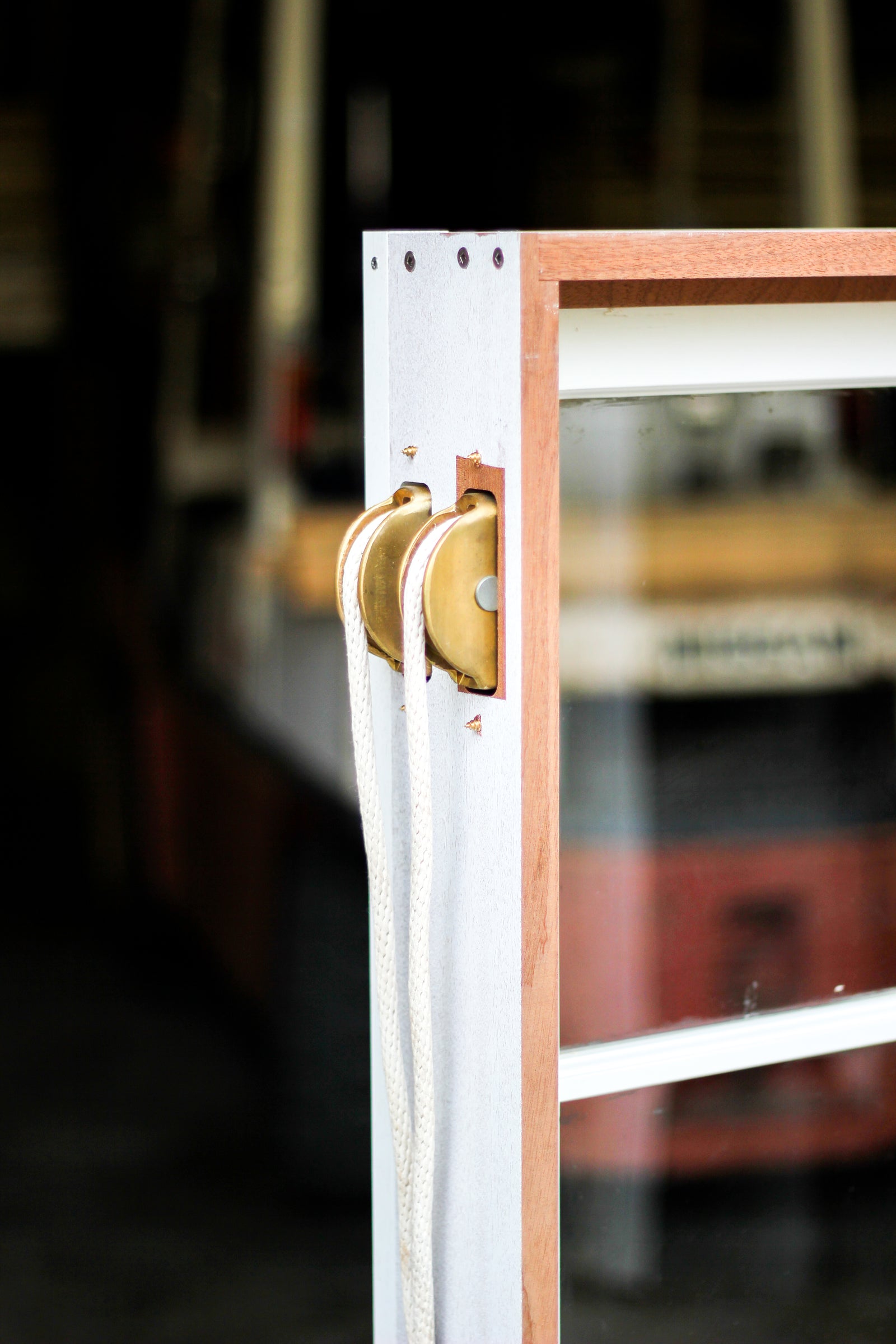Products
Projects
Resources

Windows:
A Glossary of Parts
February 21, 2019
Sitting in your home, sipping coffee and lazily staring out your window, you might take for granted all that’s involved. Windows are complex. A lot of them have several moving parts, and even the ones that don’t can still require a multitude of decisions.
When embarking on a window replacement project, sometimes it seems as though window companies or replacement contractors are simply speaking a different language. You’re asked to weigh in on what kind of divided lites you want, whether you need egress, and what color weather strip you might want. Your contractor might propose a sash limiter if you have young kids, or a faux check rail to simulate the look of a double hung window.
Meanwhile, you might as well be in a foreign country because none of these terms make sense, and you’ve been lost since you read the words “simulated divided lite with spacer bar.”

If you have come up against windows before, you know what I’m talking about. We often have customers come in and tell us they need a new window and give us some dimensions and think we can just go from there. But that’s not how it works.
First we need to know about those measurements. Is that the rough opening or the frame size? Are you looking for a new construction or replacement window? Do you want divided lite? What kind of glass would you like? ...and each one of those questions has a semi-infinite amount of answers.
Here is a guide to get you started. We’ve compiled a list of some of the most common terms used during a window replacement project, replacing complicated terminology with simple explanations so you can understand the value of certain options, and know what questions you should ask from the beginning. So that the next time you need to talk about windows, you have the right vocabulary to get the job done right.
Window Glossary
Sash = what holds the glass in the window
This is the part of a window that comes in contact with the glass and holds it in place. When you push a window up or out to open it, you’re moving the sash. The part that runs up and down each side is the stile, and the part that runs across the top or bottom is the rail. In your replacement conversations, a professional might bring up narrow stiles and rails as a selling point – i.e. less width means more room for the glass and more daylight.
Sash Limiter or Window Opening Control Device = safety device
If you have small children or if your local code requires it, a sash limiter or window opening control device may be necessary on upper floors for restricting how far a window can open. A sash limiter means that your sash can only open about 4 inches, helping to prevent falls through open windows. A window opening control device achieves the same goal, but has a two-step release process that allows the sash to open fully if you need it to, for example, if you need that window to be an exit point. Check with your window professional on local requirements, and what your options are to meet these safety standards.
Frame = structure to put the sash in
Without the frame, your window sashes would have nothing to fit into; no way to attach to the wall and no framework to actually operate. The frame provides structure and support. The bottom of the frame is called a sill, the top is a header and the sides are called jambs. When you replace, there are various options that allow you to put a “frame within a frame” rather than stripping down to the studs. We agree, it’s a bit confusing – so we wrote a separate blog post on insert vs. full-frame window replacement.
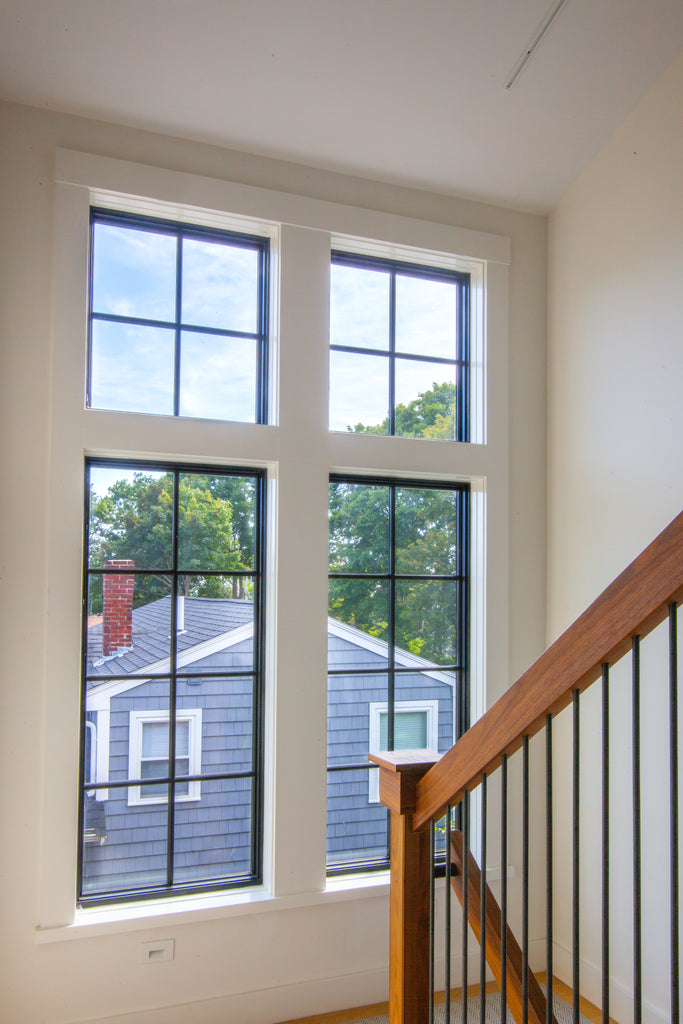
*Pro tip: the frame is not to be confused with your window trim, which is placed on your wall to cover gaps and add decorative flair, and can always be changed later on. The color and material of the frame and sash? Not as easy to change.
Sill = the bottom part of the window frame
Also known as where you might put a few plants, if your sill is deep enough. But, watch out for too many plants near windows, because they can lead to excess condensation.
Muntins/Simulated Divided Lites = the things that make a grid pattern
These decorative bars are attached to glass to create the look of a grid. You can have just a couple or many to simulate the look of lots of individual glass panes, like the old days (hence the “simulated” part. The real thing would be called a “true divided lite).” You might also hear these called grilles or muntins by a professional. Your neighbor might refer to “criss-cross lines” in a window or a “window with squares.” Some will actually be in-between two panes of glass instead of on the outside, which is referred to as grilles between the glass, or GBG for short, and makes for easy cleaning with nothing attached to the outside of the glass.
*Pro tip: GBG are not to be confused for spacer bars. If you have GBG, you have nothing on the outward-facing part of your window pane. If you were to touch the window, you feel only smooth glass. Spacer bars are also in-between your window panes, but they are paired with simulated divided lites on the outside and help give the appearance of separate panes of glass.
Checkrail = the middle part of a double hung window
When you have a double hung window (the kind with two overlapping sashes that can slide up from the bottom or down from the top), the checkrail is where the two parts meet. This is where you’ll see your sash lock, or locking hardware on this type of window.
*Pro tip: An extra-thick muntin/divided lite can be added to other kinds of windows to mimic the classic look of a double hung while offering a different type of window operation. We call this a “simulated checkrail.”
Egress = a point of exit
An egress window is one that’s large enough, as defined by the codes in your area, to count as an entry or exit in case of emergency. Most people think that egress requirements are only for basement bedrooms, but actually all bedroom windows need to meet egress code, and the type or size of the window you’re replacing may not meet current codes. Are yours in compliance? Ask your window expert to help you understand the requirements in your area.
Weather Strip = seal against water and air
Weather stripping, a material that can look like foam or rubber, is a strip of resilient material that seals the tiny space between the sash and the frame to stop air from escaping and water from entering your house. Ask about what color strips are available to best match your window finish color.
Operable Window = window that can be opened or closed
This may seem obvious, but it’s not always clear that there are windows that open and close, and those that don’t. A window that’s higher up or potentially a small window above a larger window or door doesn’t need to open, and is therefore called a picture/stationary window. These can vary in type, including ones that have a sash like an operable window, and ones that have just glass in a frame. For a download on all available window types including various picture/stationary windows, visit our blog post on navigating window replacement options.
Wash Mode = an ingenious invention for cleaning windows
This is one you didn’t know you needed, but won’t want to live without. It’s a Marvin-exclusive design feature that lets you pivot our Ultimate Casement windows to easily clean the outside of the window while standing comfortably inside your home. A similar Tilt Wash Mode also exists for our Ultimate Double Hung Next Generation windows. When you’re evaluating window options, ask about how to clean them – especially if you have a two-story home and aren’t into climbing ladders.
Clad = covered
Window and door parts (typically wood) are “clad” when they are covered with a more weather-resistant exterior-facing material. This is often aluminum or fiberglass. Understand the difference between these materials and what it means for the longevity and maintenance of your new windows.
Subscribe Today!
Our goal is to provide you with as much information as possible. Our newsletter is full of tips, inspiration and featured projects. We promise to only send you interesting things and never share your email with anyone else.

